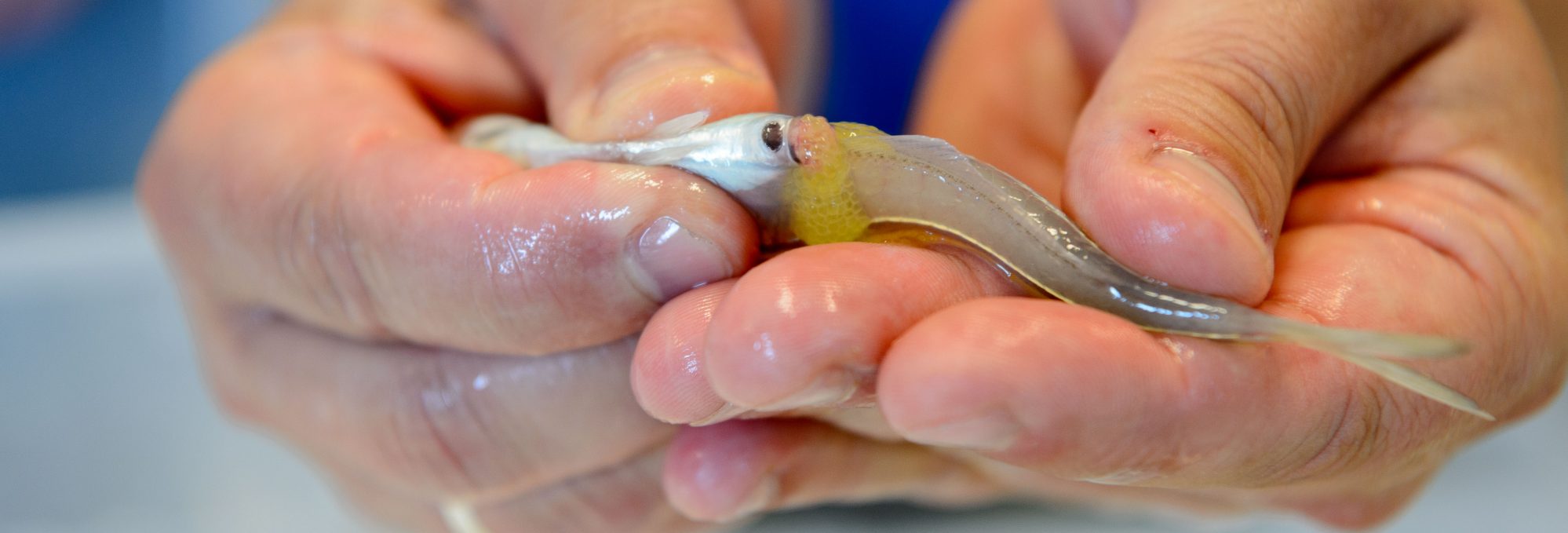 Hannes Baumann and students collect eggs and sperm from atlantic siverside fish at the Rankin Laboratory at the Avery Point campus on June 9, 2017. (Peter Morenus/UConn Photo)
Hannes Baumann and students collect eggs and sperm from atlantic siverside fish at the Rankin Laboratory at the Avery Point campus on June 9, 2017. (Peter Morenus/UConn Photo)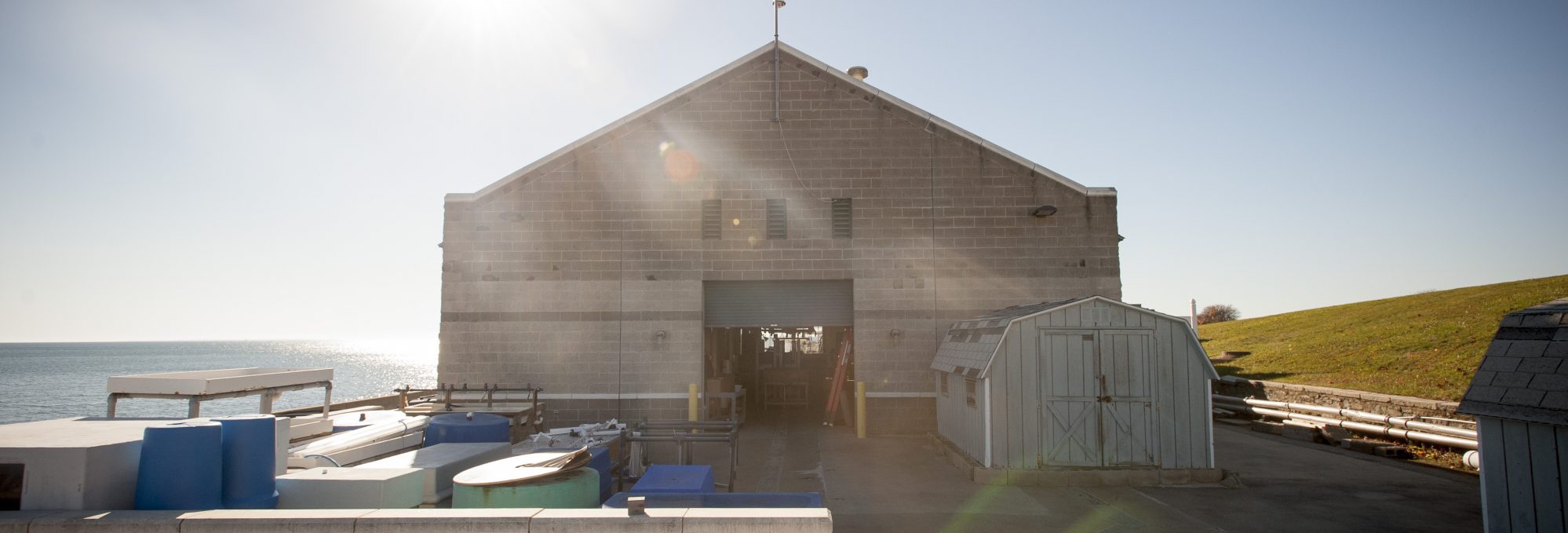 John S. Rankin Laboratory Research Building at Avery Point on Nov. 18, 2016. (Sean Flynn/UConn Photo)
John S. Rankin Laboratory Research Building at Avery Point on Nov. 18, 2016. (Sean Flynn/UConn Photo)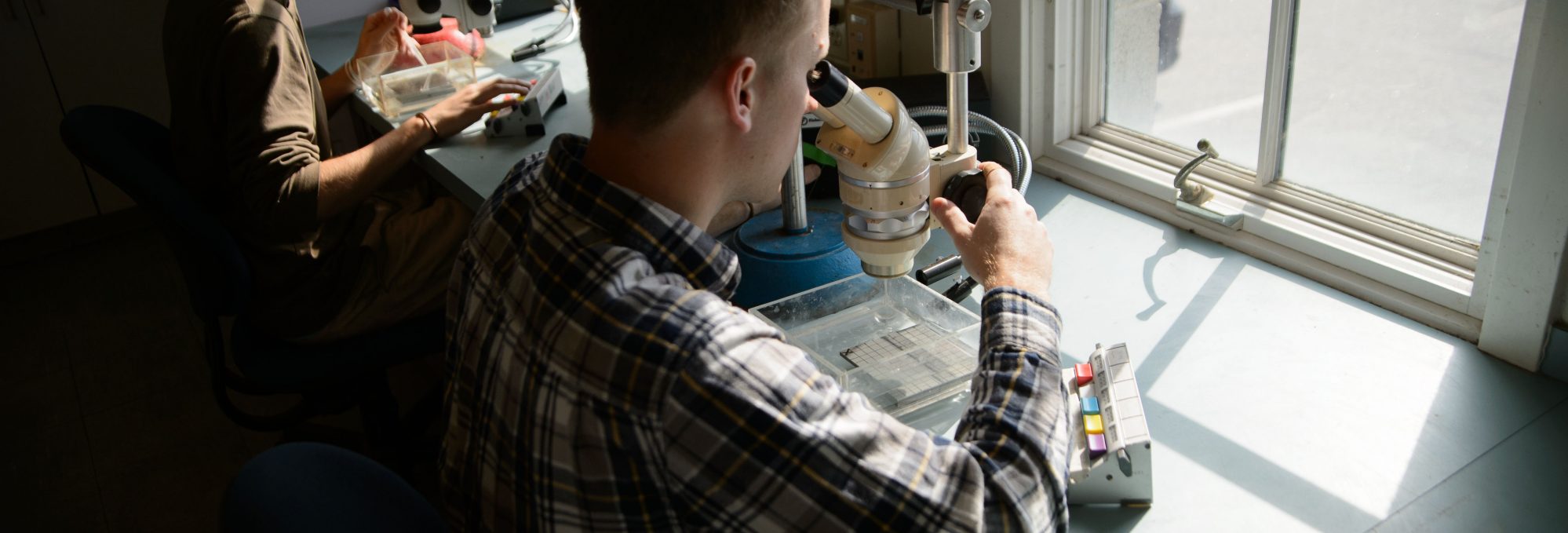 Students use microscopes at the Rankin Lab at the Avery Point campus on April 14, 2014. (Peter Morenus/UConn Photo)
Students use microscopes at the Rankin Lab at the Avery Point campus on April 14, 2014. (Peter Morenus/UConn Photo)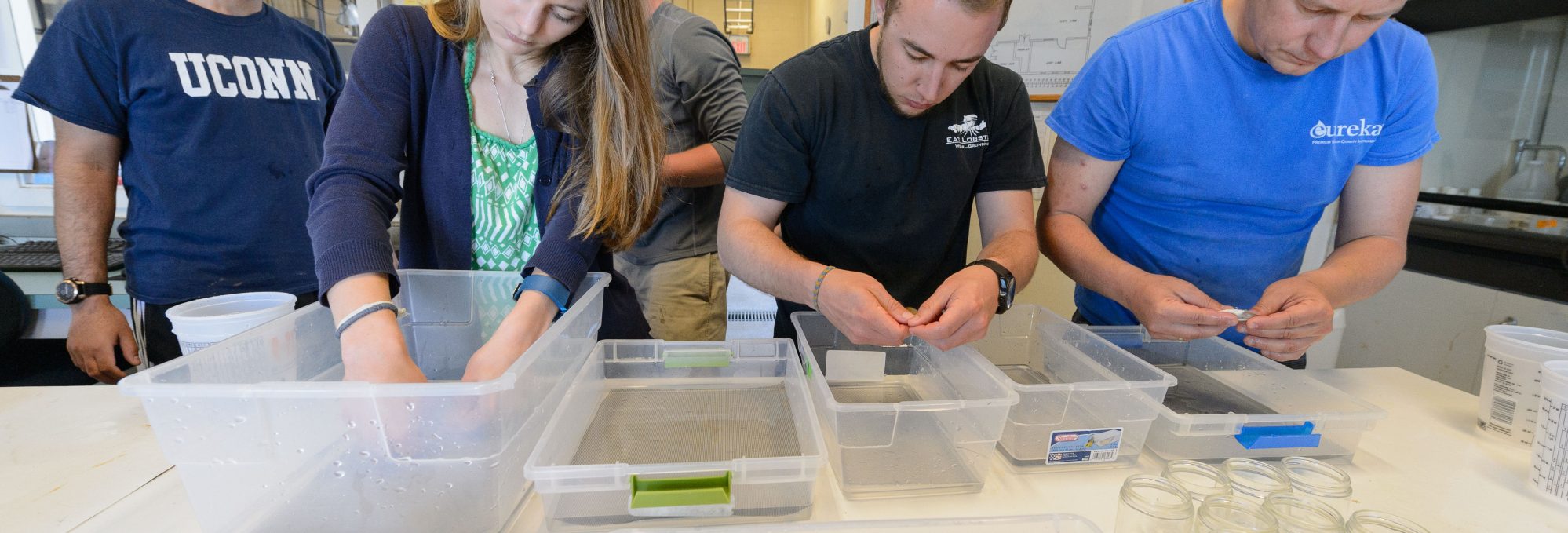 Hannes Baumann and students collect eggs and sperm from atlantic siverside fish at the Rankin Laboratory at the Avery Point campus on June 9, 2017. (Peter Morenus/UConn Photo)
Hannes Baumann and students collect eggs and sperm from atlantic siverside fish at the Rankin Laboratory at the Avery Point campus on June 9, 2017. (Peter Morenus/UConn Photo)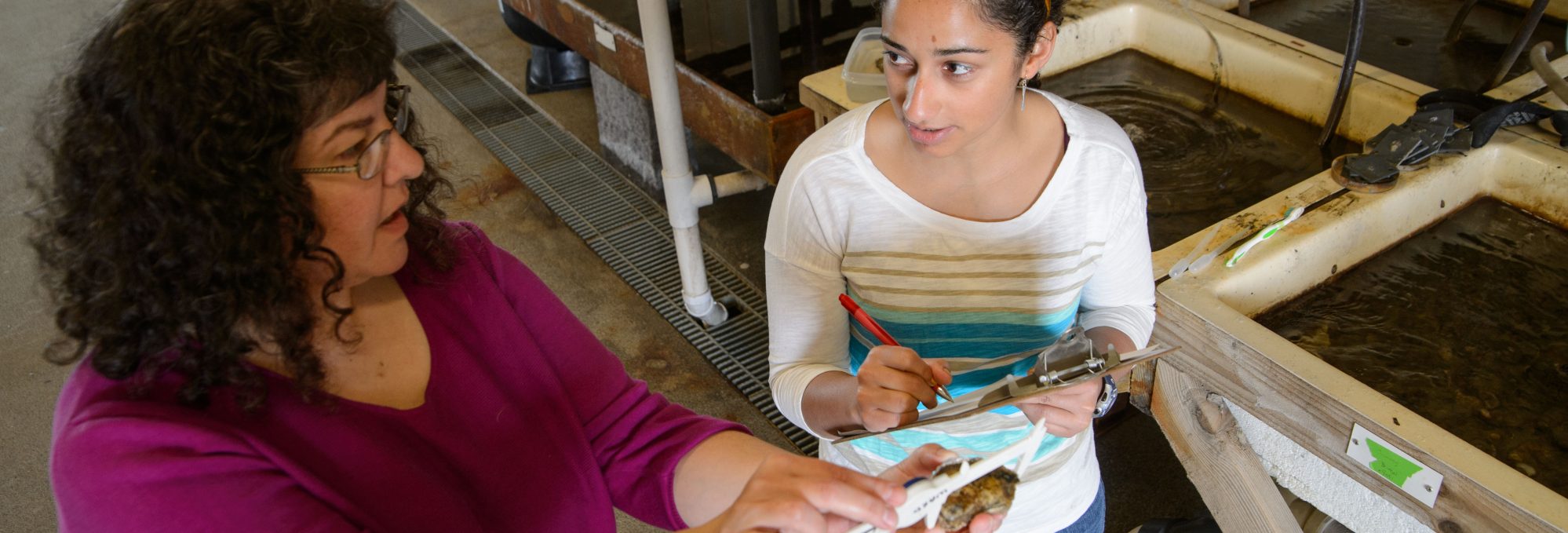 Students and faculty at the Rankin Lab at the Avery Point campus on April 14, 2014. (Peter Morenus/UConn Photo)
Students and faculty at the Rankin Lab at the Avery Point campus on April 14, 2014. (Peter Morenus/UConn Photo)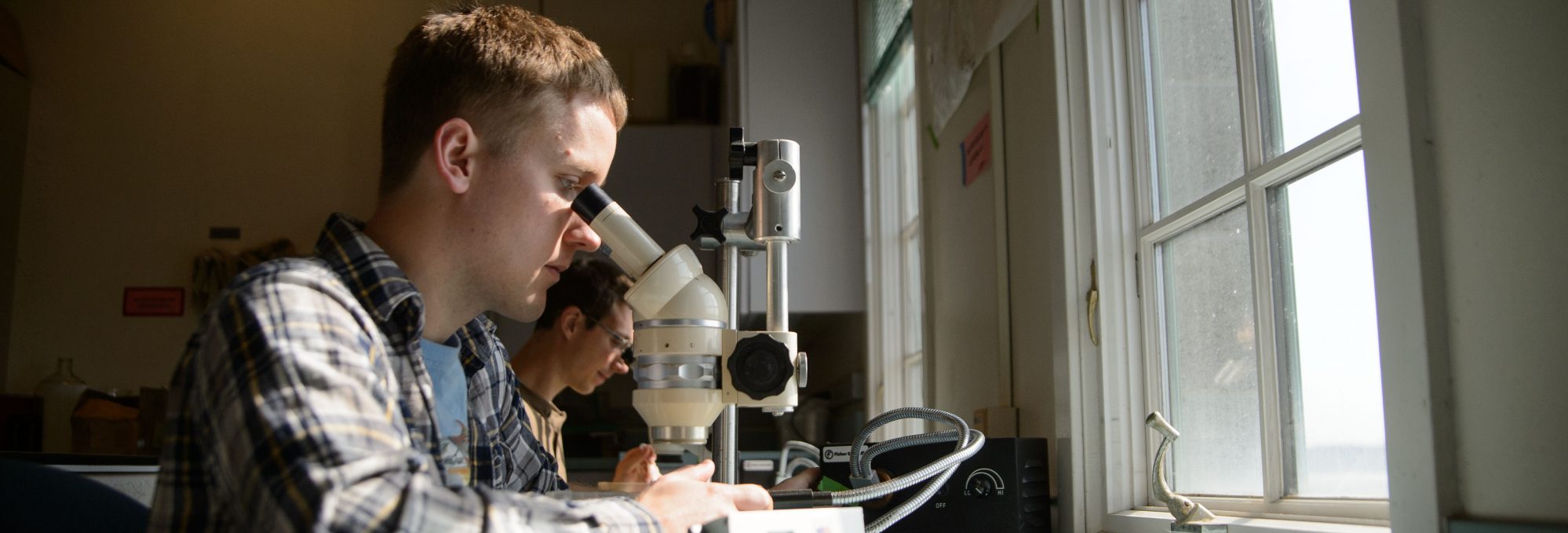 Students use microscopes at the Rankin Lab at the Avery Point campus on April 14, 2014. (Peter Morenus/UConn Photo)
Students use microscopes at the Rankin Lab at the Avery Point campus on April 14, 2014. (Peter Morenus/UConn Photo)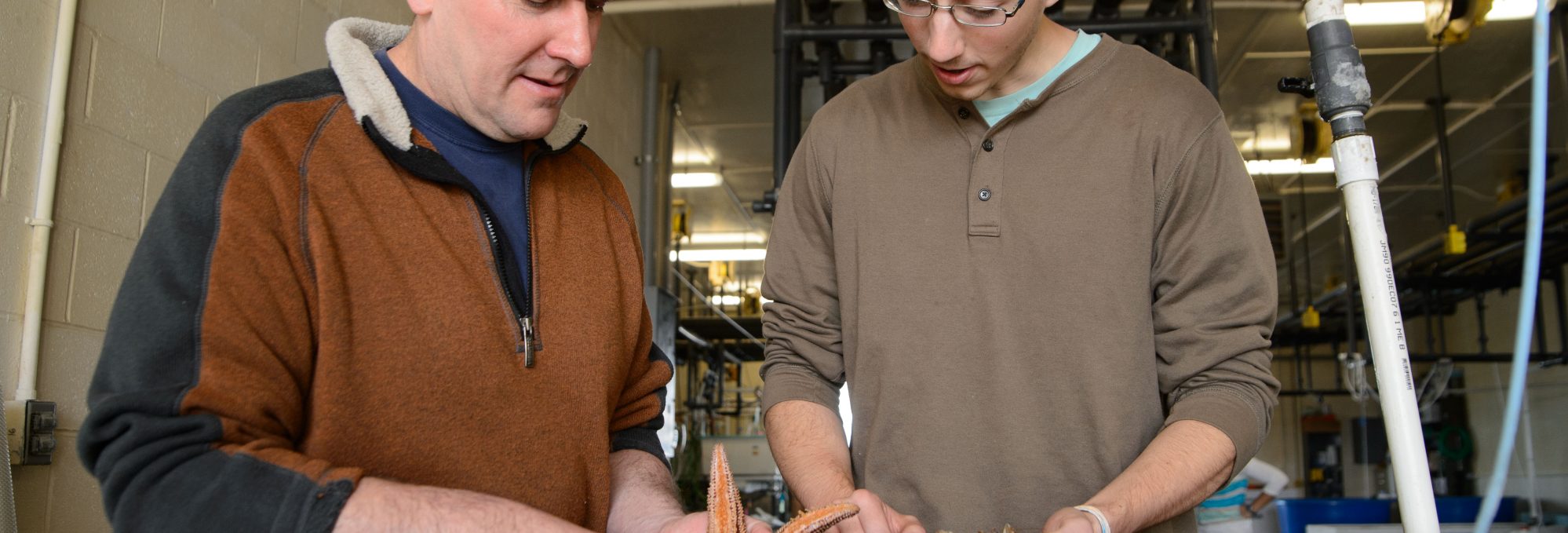 Charles Woods looks at marine life in a tank with students at the Rankin Lab at the Avery Point campus on April 14, 2014. (Peter Morenus/UConn Photo)
Charles Woods looks at marine life in a tank with students at the Rankin Lab at the Avery Point campus on April 14, 2014. (Peter Morenus/UConn Photo)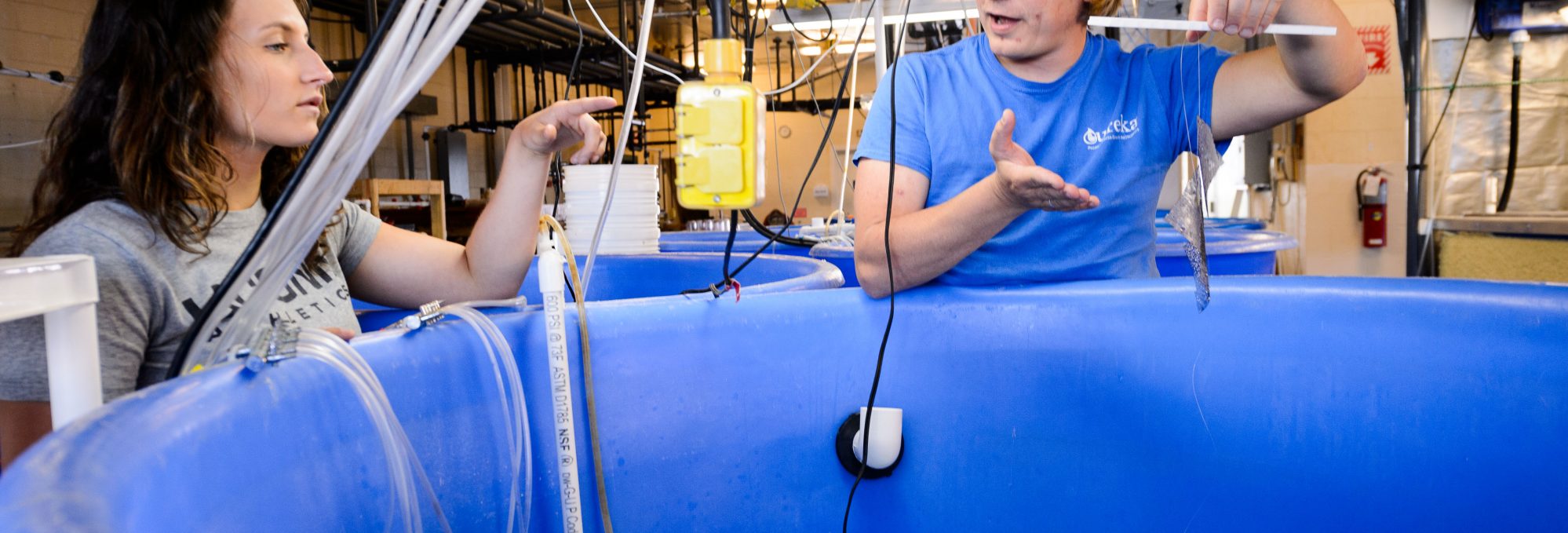 Hannes Baumann and a student examine fish growing at the Rankin Laboratory at the Avery Point campus on June 9, 2017. (Peter Morenus/UConn Photo)
Hannes Baumann and a student examine fish growing at the Rankin Laboratory at the Avery Point campus on June 9, 2017. (Peter Morenus/UConn Photo)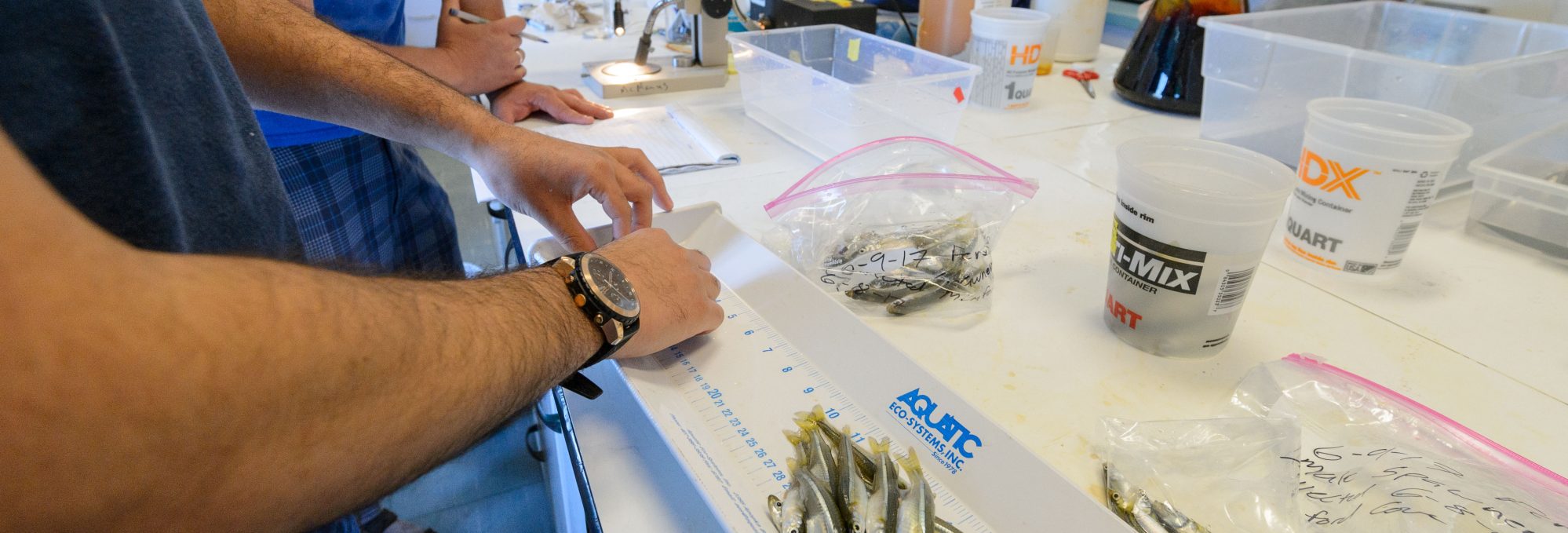 Hannes Baumann and students collect eggs and sperm from atlantic siverside fish at the Rankin Laboratory at the Avery Point campus on June 9, 2017. (Peter Morenus/UConn Photo)
Hannes Baumann and students collect eggs and sperm from atlantic siverside fish at the Rankin Laboratory at the Avery Point campus on June 9, 2017. (Peter Morenus/UConn Photo)
The John S. Rankin Laboratory
The Rankin Laboratory has been designed to be a unique teaching and research seawater laboratory. The 2,400 square foot wet laboratory can supply up to 250 GPM of seawater through a high-flow pressurized distribution system.
Water is distributed untreated through a distribution system that features a flexible design which allows for closed, semiclosed or open system flow configurations, depending upon experimental requirements. The high flow design minimizes the accumulation of fouling organisms in the piping and is intended to reduce maintenance requirements.

